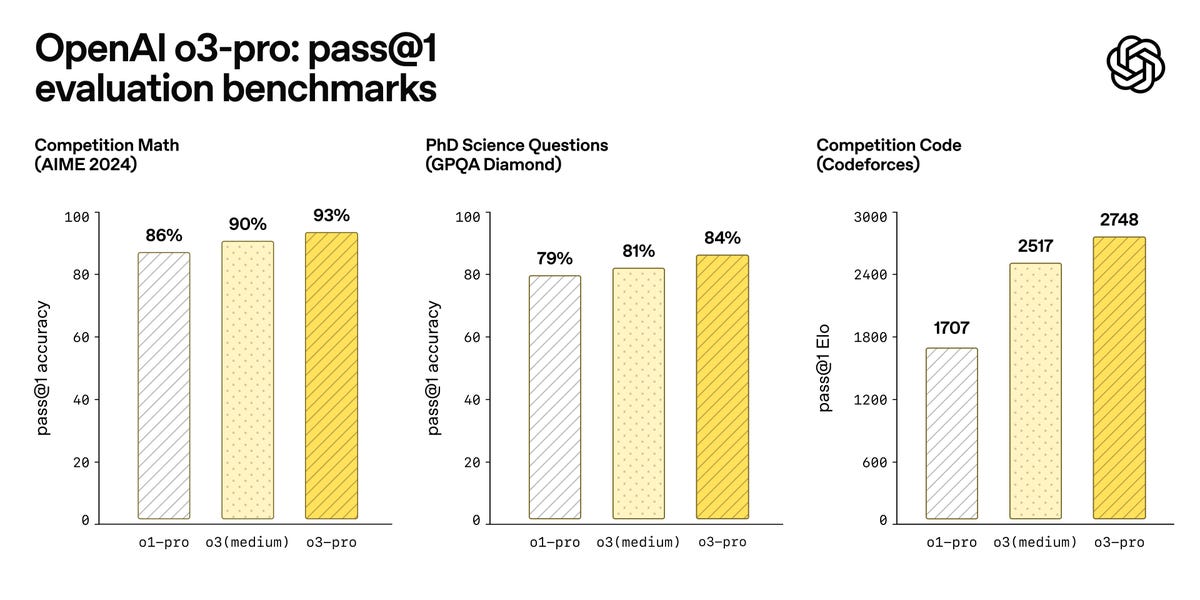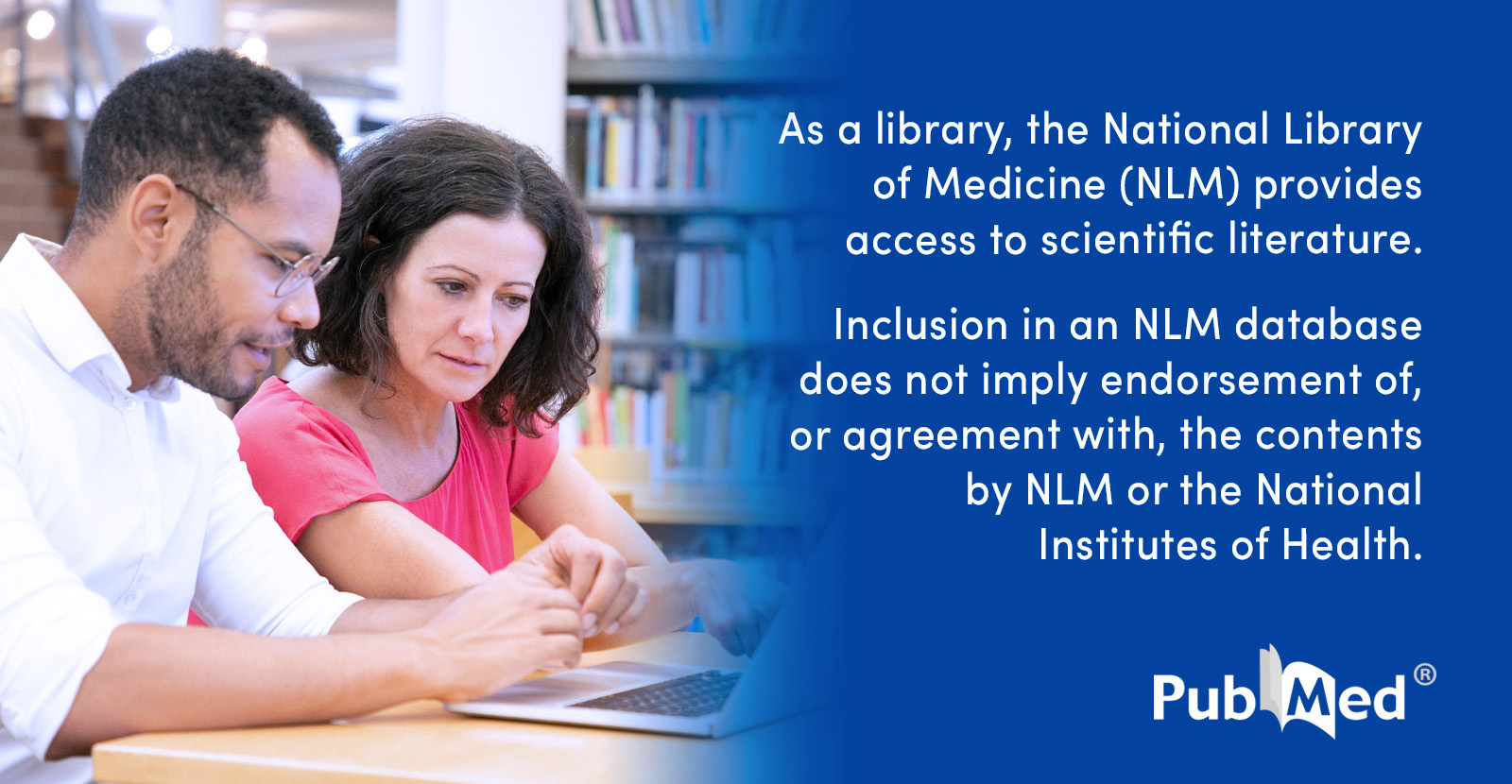TrendFi: AI-Powered Investing That Makes Crypto Easy

Busy professionals and novice investors alike rave about TrendFi! This AI-driven investment tool provides reliable signals to predict market trends, reducing investment stress. Users praise its ease of use and its ability to improve their cryptocurrency trading success, particularly in altcoins. Unlike other services, TrendFi builds confidence by showcasing the AI's past trades and performance.




















